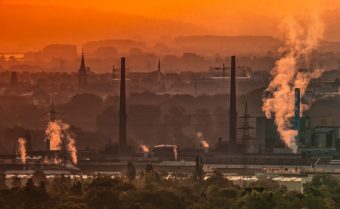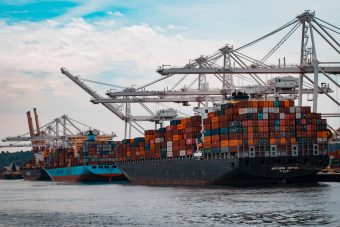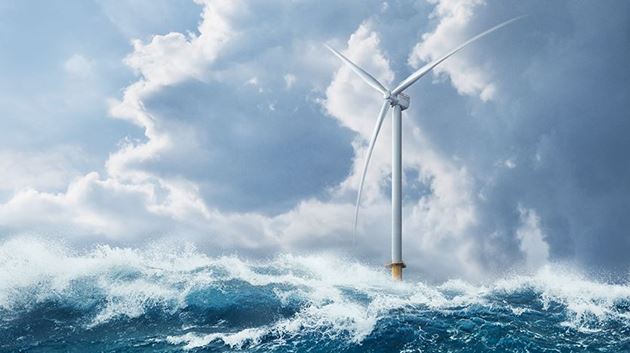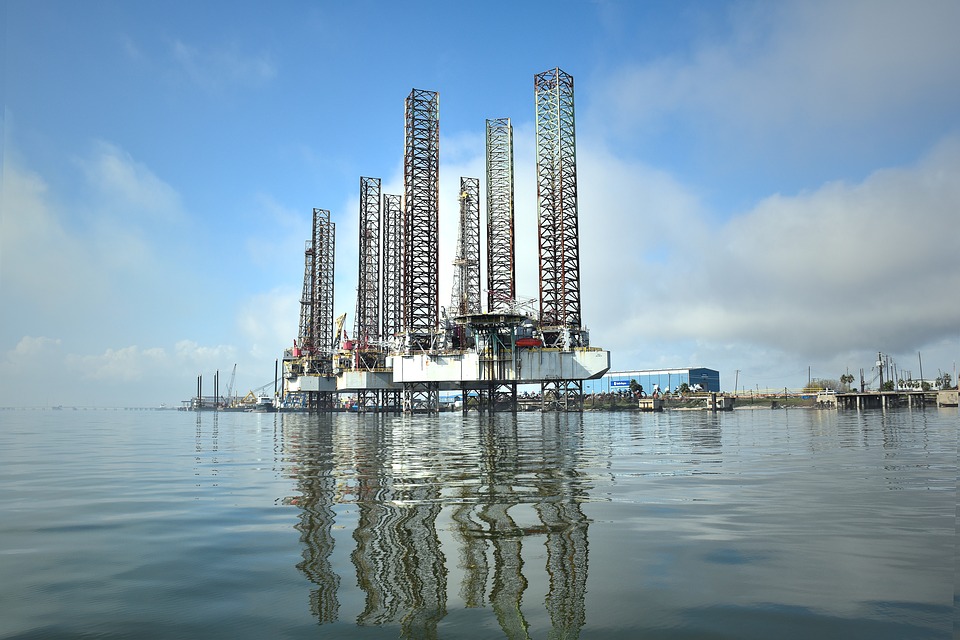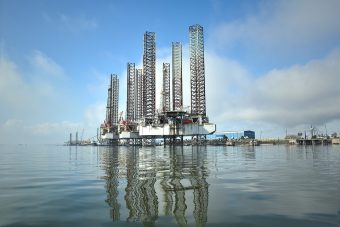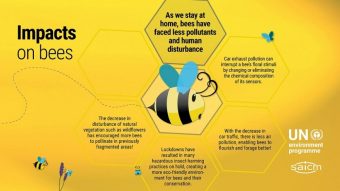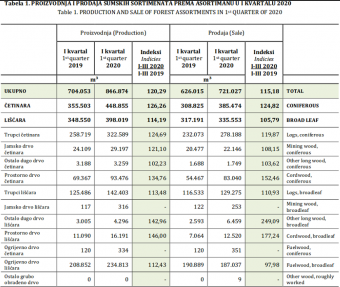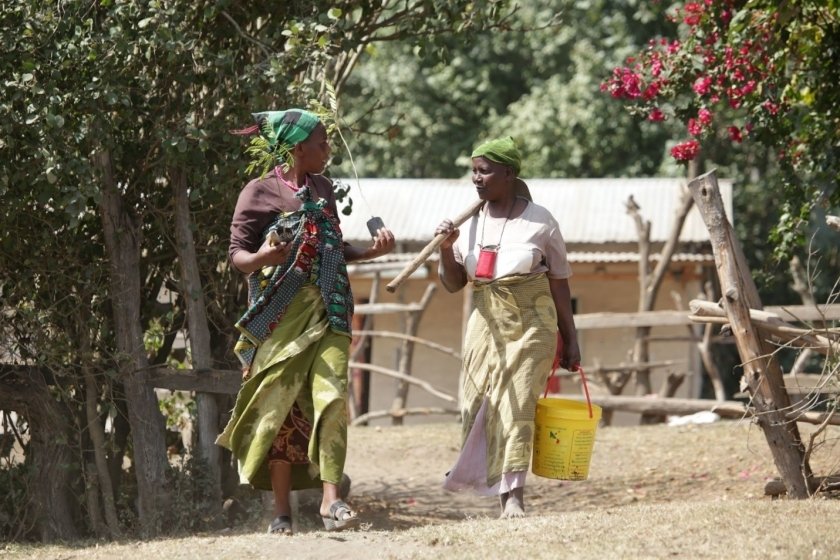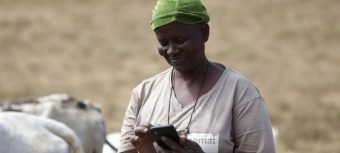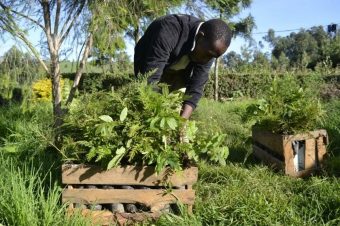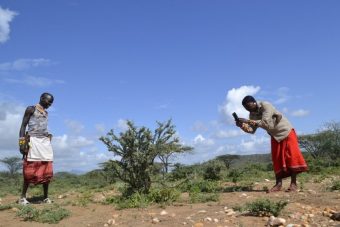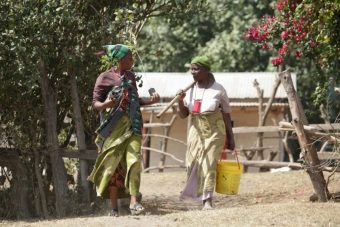The Bureau of the Conference of the Parties to the UNFCCC (United Nations Framework Convention on Climate Change), with the UK and its Italian partners, agreed yesterday new dates for the COP26 UN climate conference, which will now take place between 1 and 12 November 2021 in Glasgow.

The agreement followed consultation with UNFCCC members, delivery partners and the international climate community. The conference was originally set to take place in November 2020, but had been postponed due to COVID-19.
In the run up to November 2021, the UK as hosts will continue to work with all involved to increase climate action, build resilience and lower emissions. The new date will also allow the UK and its Italian partners to harness our incoming G7 and G20 presidencies in driving climate ambition.
The decision on the new date comes as the UK Government announces that over 25 experts in multiple global sectors will be advising the COP26 Presidency.
The Friends of COP bring expertise from countries across six continents, including France, Barbados, Chad, Australia, India and Peru. They will advise the UK Government and inspire action from their sectors ahead of the conference.
The Friends of COP include Selwin Hart, Special Adviser to the United Nations Secretary-General on Climate Action, Eric Garcetti, Mayor of Los Angeles and Sharan Burrow, General Secretary of the International Trade Union Confederation.
COP26 President and Secretary of State for the Department of Business, Energy and Industrial Strategy, Alok Sharma, said: “While we rightly focus on fighting the immediate crisis of the Coronavirus, we must not lose sight of the huge challenges of climate change. With the new dates for COP26 now agreed we are working with our international partners on an ambitious roadmap for global climate action between now and November 2021. The steps we take to rebuild our economies will have a profound impact on our societies’ future sustainability, resilience and wellbeing and COP26 can be a moment where the world unites behind a clean resilient recovery. Everyone will need to raise their ambitions to tackle climate change and the expertise of the Friends of COP will be important in helping boost climate action across the globe.”
Italian Minister for the Environment, Land and Sea Protection, Sergio Costa, said: “I am glad that consultations with Parties have made it possible to collectively and quickly agree new dates for COP26. The new dates mean the conference will be at a time when the Covid-19 tragedy will be behind us and we will be able to ensure inclusiveness, for us a fundamental prerequisite for an ambitious COP26 based on global commitment to action. Between now and November 2021 we will take advantage of every international opportunity to increase ambition and mobilization, also harnessing the G20 under the Italian Presidency and the G7 under the British Presidency.”
Carolina Schmidt Zaldívar, COP25 President and Minister of Environment of Chile said: “It is very important that we continue to push for climate action, and having quickly agreed on new dates for COP26 is a sign of this commitment. While the subsidiary body sessions (SB52) were also postponed 4-12 October 2020, the work of the Parties and stakeholders will continue through virtual meetings such as the upcoming ‘June Momentum’. The urgency with which governments and the way in which countries promote recovery from the post-COVID-19 crisis will directly affect the other serious global crisis we are experiencing: global warming and climate change crisis. That is why we will continue to strongly mobilize all actors. We need more ambition to reduce emissions, to build resilience and to cooperate with each other.”
UN Climate Change Executive Secretary, Patricia Espinosa, said: “Our efforts to address climate change and COVID-19 are not mutually exclusive. If done right, the recovery from the COVID-19 crisis can steer us to a more inclusive and sustainable climate path. We honour those who we have lost by working with renewed commitment and continuing to demonstrate leadership and determination in addressing climate change, and building a safe, clean, just and resilient world.”
Source: Gov.uk










